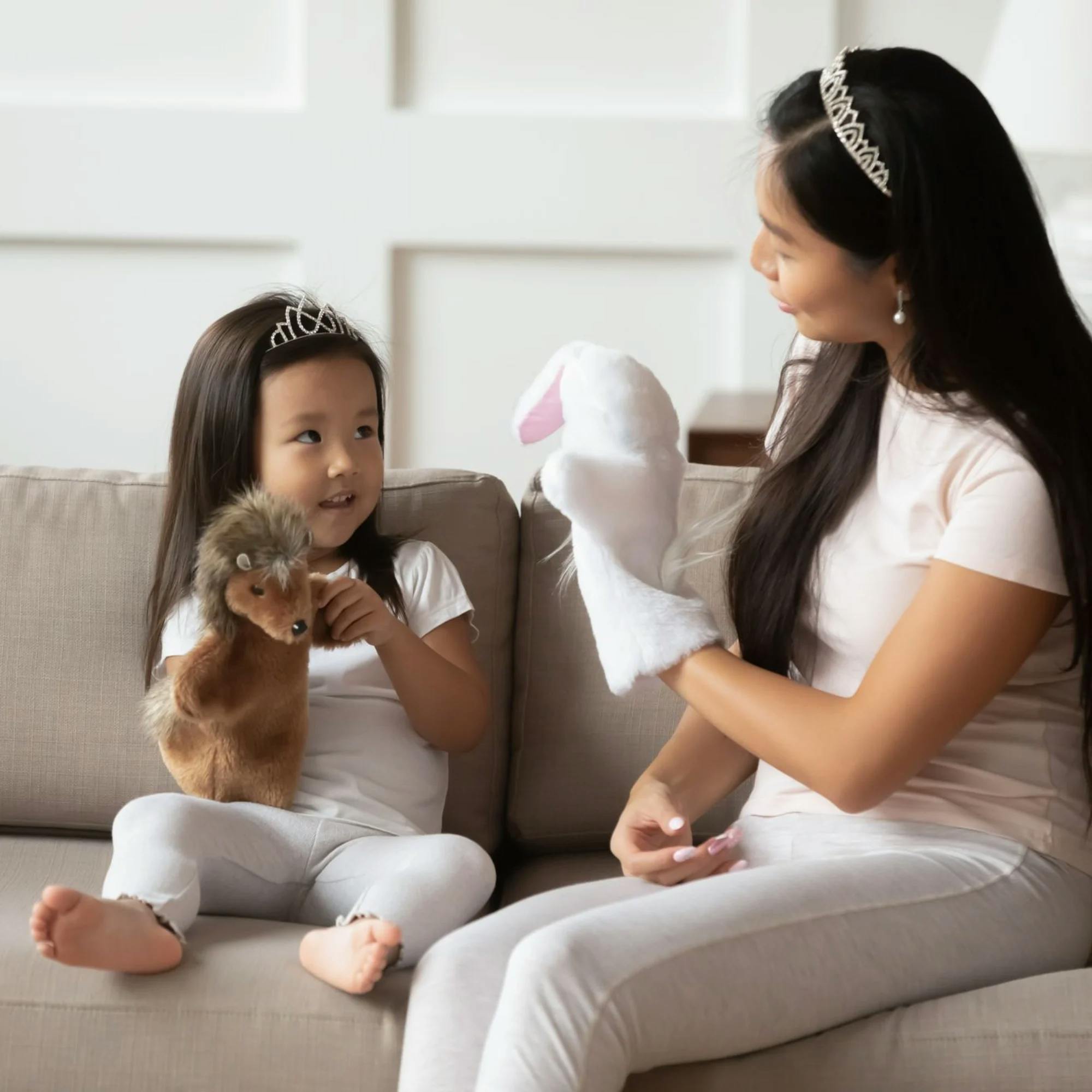Modeling Words to Help Promote Early Language Development
Hi there, it's Leanne with Expressable. Today I'm discussing a strategy that I use in every single session that I have with early language learners. Speech-language pathologists call it natural language modeling, or language expansions, but today I'm gonna break down what these really look and sound like, as well as why they're so helpful for kids who are working their way up the language ladder.
If you're a parent or caregiver to a child who's at least 1 year old, there's a good chance that you're focused on helping them grow their communication skills. Babies let us know what they want or need by crying. But as kids get older, we look for them to learn new ways of communicating developmentally. Children typically swap out crying for gestures like reaching with an open palm or pointing. Young toddlers might use gestures and vocalizations at the same time. And then we look for first words to emerge after children have had practice imitating sounds during play or other interactions.
To use natural language modeling, we always want to consider what stage our early communicator is in, because we're always going to work just one step above that. If your child is currently gesturing without using words, then we want to model just one single word to show them what they could or should say in that moment instead of relying on the gesture. For example, if your child was reaching for the counter where their cup of juice is sitting, you could just model "juice."
If your early communicator is using single words, we're ready to help show them how they can put words together. Again, we're working just one step above what they're already doing on their own. So for example, if your child was playing with a car and saying "go!," you could model a two-word utterance for them: "go car!" If they were playing with their baby doll pretending to put it to sleep and saying "night-night," you would maybe model "night-night baby."
Another example might be expanding a request. So if your child is reaching for juice and saying "juice," you could model "juice please" or "I want juice." If they imitate that expansion, you could offer them one with three or four words, like "I want apple juice."
Think of natural language modeling and expansions as minimally invasive procedures. We want to give them as little cues as possible to see what they can pick up on naturally.
Repetition is key for kids, so you might model two or three times before giving them a juice. Or continue to model "go car!" throughout your playtime together. If your child doesn't imitate the language you're modeling first thing, that's okay. You're still giving them nice, simple language models that will likely increase their comprehension and hopefully prepare them to try imitating the next time. But try not to get stuck repeating the model more than three times, insisting that they try it. If they still haven't after three, they aren't likely to, and we might start to cause some frustration.
The beauty of natural language modeling and expansions is that they can be used in any part of the day, any daily routine, whether getting ready for bed, eating a snack, or just playtime. Try it out with your early communicator today.






